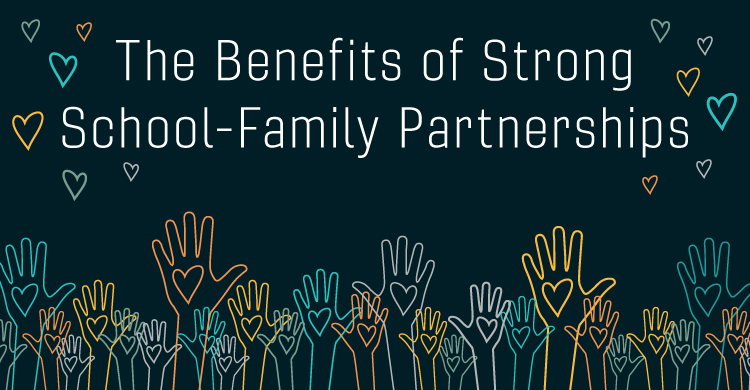The fundamental purpose of a professional learning community is to ensure all students learn at high levels. The very reason why educators collaborate is to achieve this outcome. This is why the first step—the first pillar—of the PLC at Work® process is building staff consensus around this shared mission (DuFour et al., 2016).
Most educators enter our profession with a genuine desire to help children, so agreeing on a “learning for all” mission statement is usually not controversial. The much harder part is actually committing to a pivotal, powerful assumption required to achieve this mission—that a school’s most at-risk students are capable of learning at high levels, and that the educators accept responsibility to ensure this happens.
Thomas Sergiovanni says that “the heart and soul of school culture is what people believe, the assumptions they make about how school works (Sergiovanni, 1996). This means to achieve a mission of high levels of learning for all students, educators must commit to a critical assumption: that all students can learn at high levels. Specifically, while every student might not learn all the required state/provincial curriculum taught in a particular year, all students will learn the essential outcomes identified by teacher teams when they answer the first critical question: What do we expect students to learn?
While a staff might support a mission statement that generally states all students will learn, their commitment often wanes when they are faced with ensuring that the school’s most at-risk students will master rigorous grade-level essential curriculum.
This conflict between an idealistic mission and the cold reality that teachers face in a traditional school setting should not be surprising. Most teachers have only experienced a school system designed around an expectation that student achievement should plot across a bell-shaped curve. This approach assumes that a teacher should expect a few students will excel, most will be average, and some will surely fail.
Subsequently, educators typically view students who enter school with a head start from their home environments as being more capable of learning at high levels. These students are then placed in more rigorous coursework, taught at advanced levels, expected to achieve, and thus are much more likely to learn at this level. Conversely, students perceived as being less capable of learning are placed in a below-grade-level curriculum, taught at remedial levels, expected to achieve at lower levels, and—to no one’s surprise—most likely learn at low levels. At most schools, the children deemed less capable are predominantly minorities, non-English speaking, and economically disadvantaged students (Brantlinger, 2006; Ferri & Connor, 2006; Skiba et al., 2006; Skiba et al., 2008).
Yet, research proves that the assumptions derived from a bell-shaped curve are inherently wrong. As Benjamin Bloom states:
The normal curve is not sacred. It describes the outcome of a random process. Since education is a purposeful activity in which we seek to have the students learn what we teach, the achievement distribution should be very different from the normal curve if our instruction is effective. In fact, our educational efforts may be said to be unsuccessful to the extent that student achievement is normally distributed. (1971)
The PLC process is the “purposeful activity” that can eliminate the bell-shaped curve and ensure all students succeed. Researcher John Hattie found that the very act of teachers positively predicting students will succeed has the greatest impact on actual student achievement, with an exceptional 1.69 standard-deviation impact rate (Hattie, 2015).
But here is the critical point: to start the PLC journey, educators must assume that each student is capable of achieving, regardless of a child’s demographic background. If a faculty is unwilling to assume that all students can learn at high levels, then by default they are accepting that some students will always fail, regardless of the school’s policies and practices. Or as Larry Lezotte found:
Our experience verifies that the possibilities are unlimited once a dedicated school staff goes in search of research and best practices to advance their shared vision of learning for all. However, until they embrace the possibility that all children can learn, the obstacles and barriers they will find are virtually endless and will seem insurmountable.
In the end, if educators commit to assuming all students can learn at high levels—or if they refuse to embrace this possibility—they will be right. Your assumptions usually become your reality.
References:
Bloom, B. S. (1971). Mastery learning. In J. H. Block (ed.), Mastery learning: Theory and practice (pp. 47–63). New York: Holt, Rinehart & Winston.
Brantlinger, E. A. (Ed.). (2006). Who benefits from special education? Remediating (fixing) other people’s children. Mahwah, NJ: Erlbaum Associates.
DuFour, R., DuFour, R., Eaker, R., Many, T. W., and Mattos, M. (2016). Learning by doing: A handbook for Professional Learning Communities at Work (3rd ed.). Bloomington, IN: Solution Tree Press.
Ferri, B. A., and Connor, D. J. (2006). Reading resistance: Discourses of exclusion in desegregation & inclusion debates. New York: Peter Lang.
Hattie, J. (2014). Hattie ranking: 195 influences and effect sizes related to student achievement. Accessed October 13, 2015. http://visible-learning.org/hattie-ranking-influences-effect-sizes-learning-achievement.
Lezotte, L. W. (2005). More effective schools: Professional learning communities in action. In R. DuFour, R. Eaker, and R. DuFour (eds.), On common ground: The power of professional learning communities (pp. 177–192). Bloomington, IN: Solution Tree (formerly National Educational Service).
Sergiovanni, T. J. (1996). Leadership for the schoolhouse: How is it different? Why is it important? San Francisco: Jossey-Bass.
Skiba, R. J., Poloni-Staudinger, L., Gallini, S., Simmons, A. B., and Feggins-Azziz, R. (2006). Disparate access: The disproportionality of African American students with disabilities across educational environments. Exceptional Children, 72(4), 411–424.
Skiba, R. J., Simmons, A. B., Ritter, S., Gibb, A. C., Rausch, M. K., Cuadrado, J., et al. (2008). Achieving equity in special education: History, status, and current challenges. Exceptional Children, 74(3), 264–288.
[author_bio id=”293″]






